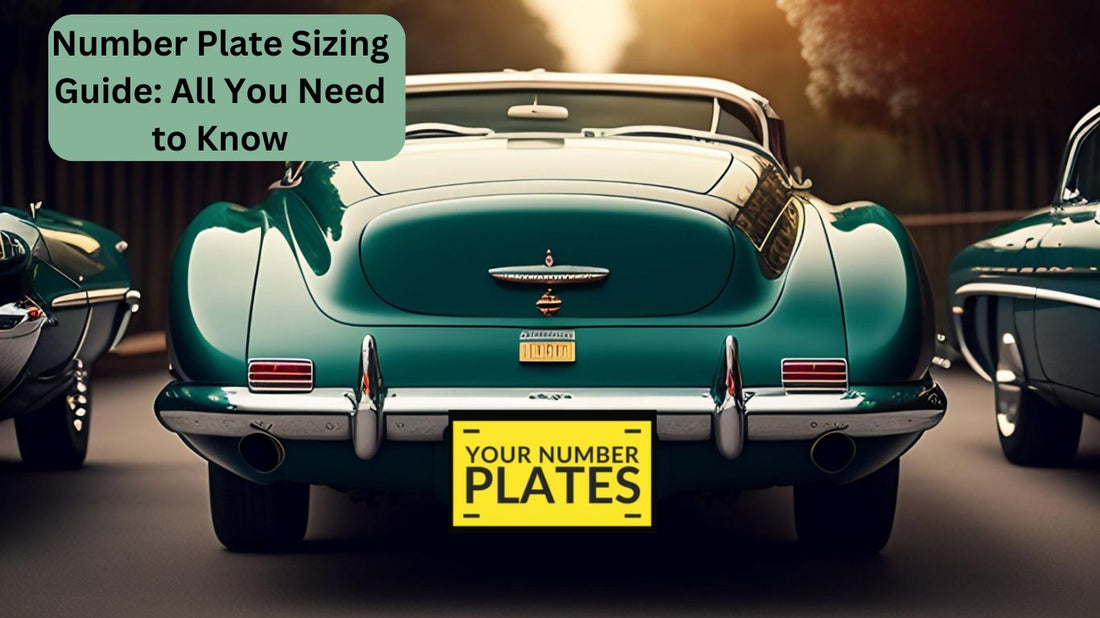Introduction
In the world of vehicles, number plate sizing is more significant than you might think. It’s not just about fitting a plate onto a car or motorcycle; it’s about adhering to regulations, maintaining aesthetics, and ensuring visibility. Whether you’re a car enthusiast or just someone who wants to avoid legal issues, understanding the nuances of number plate sizing is essential.
Standard Number Plate Sizes in the UK
The UK has specific dimensions for number plates to maintain uniformity and legibility. For cars, the standard size is 520mm by 111mm. Motorcycles, however, use a slightly different size, typically 190mm by 150mm. These sizes ensure that the plates are easily readable and fit well within the design of the vehicle.
Specialty Sizes
Imported vehicles often pose a challenge when it comes to number plate sizing. These vehicles may require different dimensions to accommodate their unique design specifications. In such cases, specialty sizes come into play, ensuring that the plates fit perfectly without compromising the vehicle's aesthetics.
Legal Requirements
Adhering to legal requirements is paramount when it comes to number plates. In the UK, plates must comply with the British Standard BSAU 145e. This standard dictates not just the size but also the font, spacing, and materials used. Non-compliance can result in fines and penalties, making it crucial to ensure your plates meet all legal stipulations.
Custom Plates
Personalized and vanity plates are a popular choice for many vehicle owners. These plates can feature unique combinations of letters and numbers, but they must still adhere to size regulations. Ensuring that custom plates are the correct size is important to avoid any legal complications while enjoying your personalized touch.
Material Considerations
The material of the number plate can impact its durability and appearance. Common materials include acrylic and aluminum. Acrylic plates are lightweight and resistant to weather conditions, while aluminum plates offer a more robust and classic look. Choosing the right material is essential for both longevity and aesthetics.
Mounting and Placement
Proper mounting and placement of number plates are critical for visibility and compliance. Plates must be securely attached to the vehicle, without any obstruction. Ensuring the correct fit can prevent issues with law enforcement and enhance the overall appearance of your vehicle.
Impact of Plate Size on Aesthetics
Number plates are not just functional; they also contribute to the vehicle's visual appeal. The size and placement of the plate can significantly affect the aesthetics of the car or motorcycle. A well-sized plate complements the vehicle’s design, while an ill-fitting plate can detract from its overall look.
Practical Tips for Sizing
When it comes to ordering number plates, accurate measurement is key. Measure the designated area on your vehicle to ensure the plate will fit correctly. Double-check the dimensions before placing your order to avoid any sizing issues. Properly sized plates will enhance both functionality and appearance.
Future Trends in Number Plate Sizes
The future of number plate sizing may see innovations driven by technology and changing regulations. Digital plates, for example, are an emerging trend that could revolutionize how we think about plate sizes and materials. Staying informed about these trends can help you stay ahead in the ever-evolving landscape of vehicle registration.

